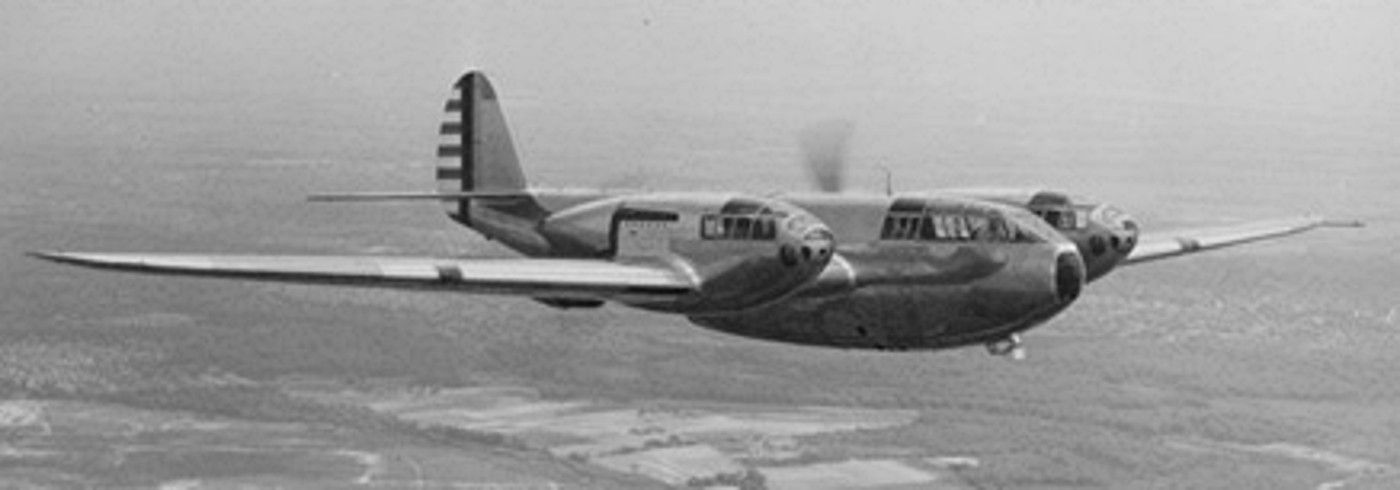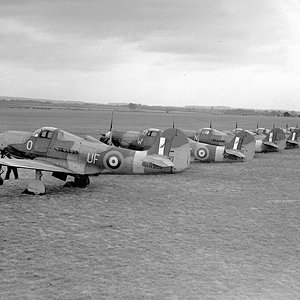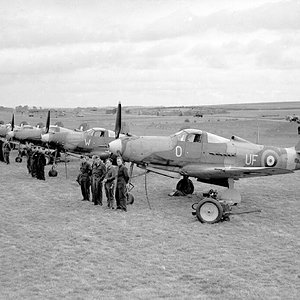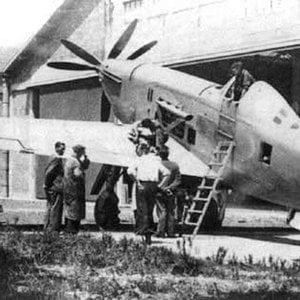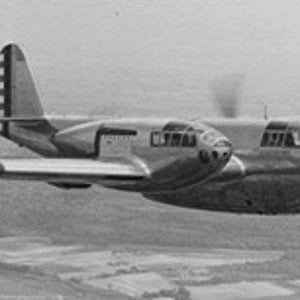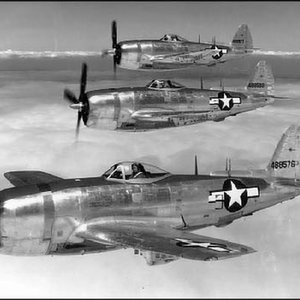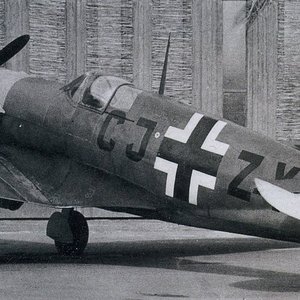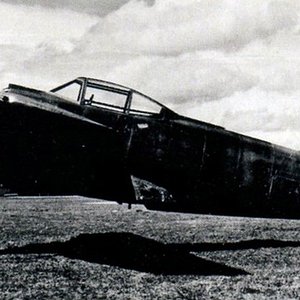Navigation
Install the app
How to install the app on iOS
Follow along with the video below to see how to install our site as a web app on your home screen.
Note: This feature may not be available in some browsers.
More options
You are using an out of date browser. It may not display this or other websites correctly.
You should upgrade or use an alternative browser.
You should upgrade or use an alternative browser.
During the Second World War, one aircraft company, Bell, gained popularity by being a “different type” of aircraft maker. Bell’s design of the XFM-1 Airacuda, which even though did not make it through production, gave the company its reputation of being a revolutionary aircraft maker.
The design of the Bell XFM-1 Airacuda to become a bomber destroyer was nothing but ambitious as compared to its late 1930’s contemporaries. It boasted of being able to accommodate a five-man crew, carry bombs while being able to field a variety of heavy caliber weaponry, and to provide considerable range, fire-power and speed as a bomber-destroyer of WW2. The new design and concept of the XFM-1 Airacuda would have made it comparable to none in the skies. However, the overly-ambitious design of this WW2 aircraft proved to be too good to be true and the XFM-1 eventually became a victim of its own ambition.
The unique design concept of the XFM-1 Airacuda was that it used pusher-type engines, which means that the propellers of the engines were mounted to the rear of each nacelle and powered the plane by pushing it through the air. The pushing power of the XFM-1 was derived from two 1150 hp Allison V-1710-41 supercharged engines mounted to each nacelle within the aircraft’s wing span. The rationale behind the rear-mounted propellers was for the forward position of the nacelle to be equipped with heavy weaponry such as the M4 37mm cannon that can be manned by a crew member at each nacelle. Additional weaponry such as 2 x 12.7mm high caliber machine guns and 2 x 7.62mm machine guns were also installed making the Airacuda a formidable bomber.
However, problems with the design and production of the XFM-1 Airacuda caused this system to fail and not enter into large scale production. The first problem in production was when the Air Corps decided to order and use the scaled-down Allison engine model because the supercharged engines were highly volatile and explosive during field testing. This decision ultimately cut down the flight performance of the Airacuda.
Another problem of the design of this WW2 aircraft was the manned weaponries on each nacelle. In order to control these weapons, a crew member was placed inside each nacelle and this crew member will not have communications with his fellow crew members.
Despite these imperfections in the design and production, the Airacuda revolutionized the way aircrafts landed by using the tricycle landing which became a Bell trademark. The Air Corps decided to field one squadron of XFM-1 Airacuda to the skies during 1938-1940 but soon decided to remove them to be used as ground trainers.
SPECIFICATIONS
Type: five-man crew bomber destroyer
Design: Bell Aircraft Firm
Engine(s): 2 x 1150 HP Allison V-1710-41 V12 supercharged engines
Max Speed: 446 km/h (277 mph; 446 knots)
Max Range: 2,600 nautical miles
Ceiling: 9,300 meters (30,512 feet)
Length: 44.85 feet
Wingspan: 69.85 feet
Height: 13.58 feet
Empty Weight: 6,067 kg
Loaded Weight: 7,862 kg
The design of the Bell XFM-1 Airacuda to become a bomber destroyer was nothing but ambitious as compared to its late 1930’s contemporaries. It boasted of being able to accommodate a five-man crew, carry bombs while being able to field a variety of heavy caliber weaponry, and to provide considerable range, fire-power and speed as a bomber-destroyer of WW2. The new design and concept of the XFM-1 Airacuda would have made it comparable to none in the skies. However, the overly-ambitious design of this WW2 aircraft proved to be too good to be true and the XFM-1 eventually became a victim of its own ambition.
The unique design concept of the XFM-1 Airacuda was that it used pusher-type engines, which means that the propellers of the engines were mounted to the rear of each nacelle and powered the plane by pushing it through the air. The pushing power of the XFM-1 was derived from two 1150 hp Allison V-1710-41 supercharged engines mounted to each nacelle within the aircraft’s wing span. The rationale behind the rear-mounted propellers was for the forward position of the nacelle to be equipped with heavy weaponry such as the M4 37mm cannon that can be manned by a crew member at each nacelle. Additional weaponry such as 2 x 12.7mm high caliber machine guns and 2 x 7.62mm machine guns were also installed making the Airacuda a formidable bomber.
However, problems with the design and production of the XFM-1 Airacuda caused this system to fail and not enter into large scale production. The first problem in production was when the Air Corps decided to order and use the scaled-down Allison engine model because the supercharged engines were highly volatile and explosive during field testing. This decision ultimately cut down the flight performance of the Airacuda.
Another problem of the design of this WW2 aircraft was the manned weaponries on each nacelle. In order to control these weapons, a crew member was placed inside each nacelle and this crew member will not have communications with his fellow crew members.
Despite these imperfections in the design and production, the Airacuda revolutionized the way aircrafts landed by using the tricycle landing which became a Bell trademark. The Air Corps decided to field one squadron of XFM-1 Airacuda to the skies during 1938-1940 but soon decided to remove them to be used as ground trainers.
SPECIFICATIONS
Type: five-man crew bomber destroyer
Design: Bell Aircraft Firm
Engine(s): 2 x 1150 HP Allison V-1710-41 V12 supercharged engines
Max Speed: 446 km/h (277 mph; 446 knots)
Max Range: 2,600 nautical miles
Ceiling: 9,300 meters (30,512 feet)
Length: 44.85 feet
Wingspan: 69.85 feet
Height: 13.58 feet
Empty Weight: 6,067 kg
Loaded Weight: 7,862 kg

